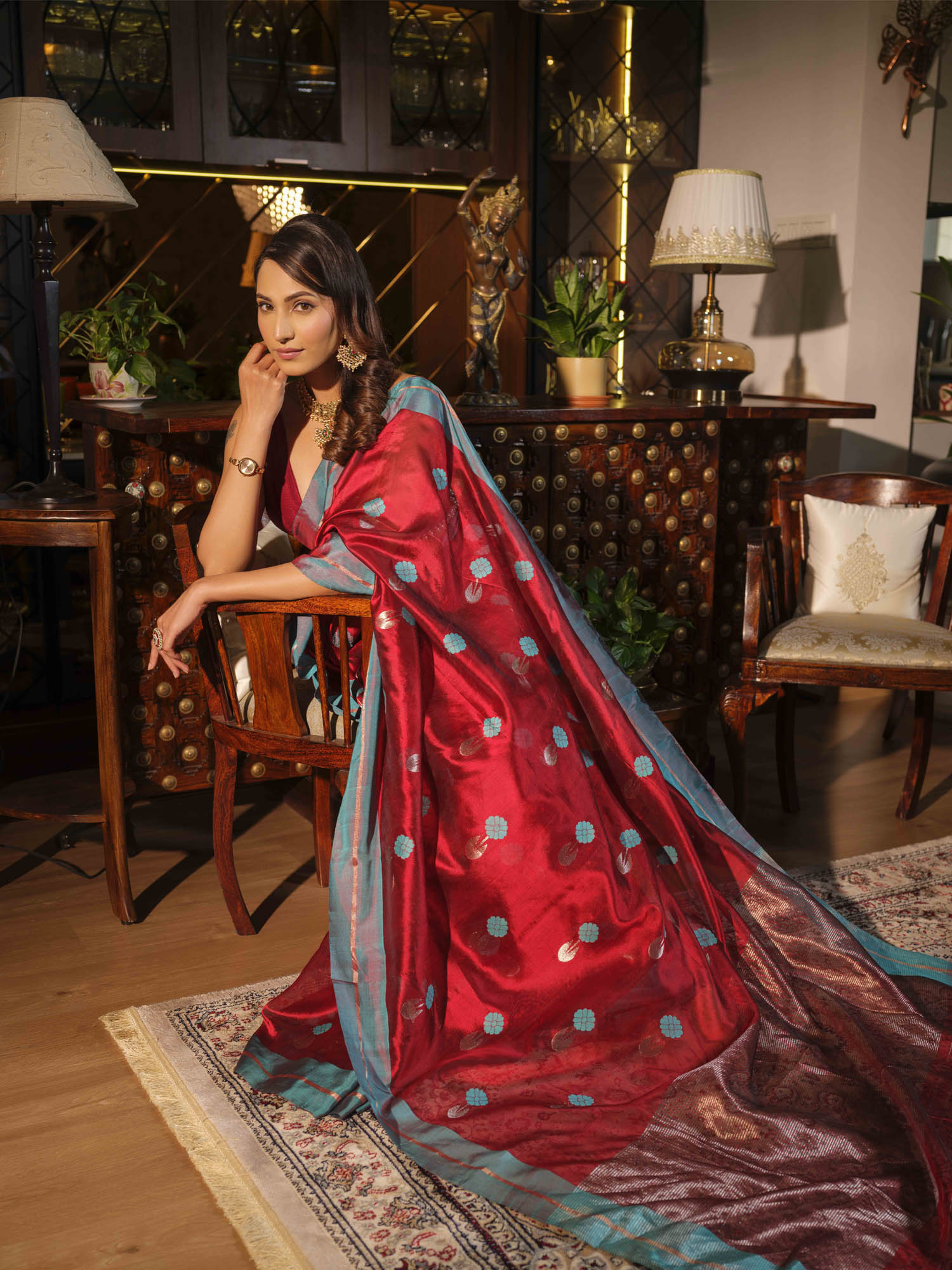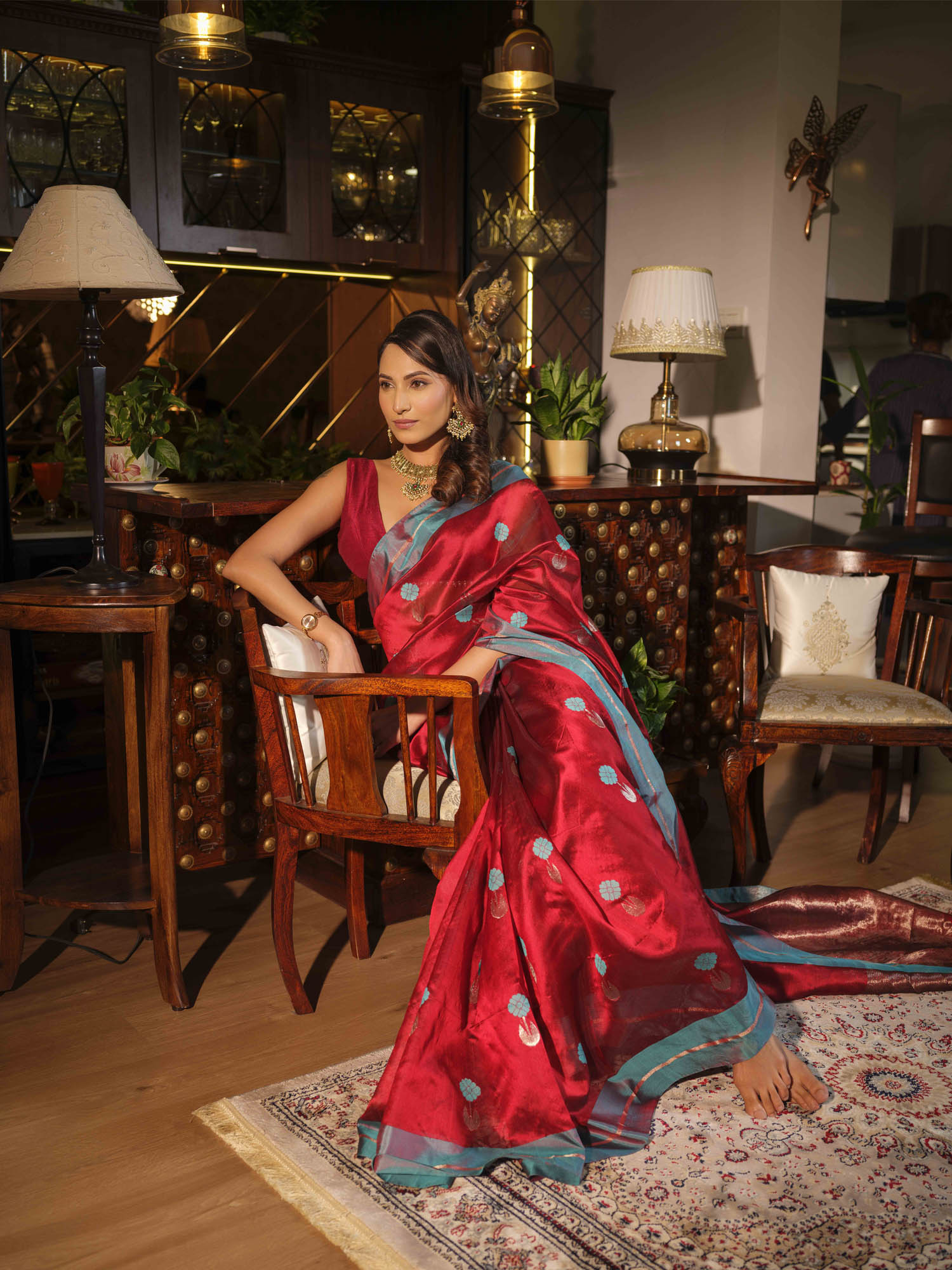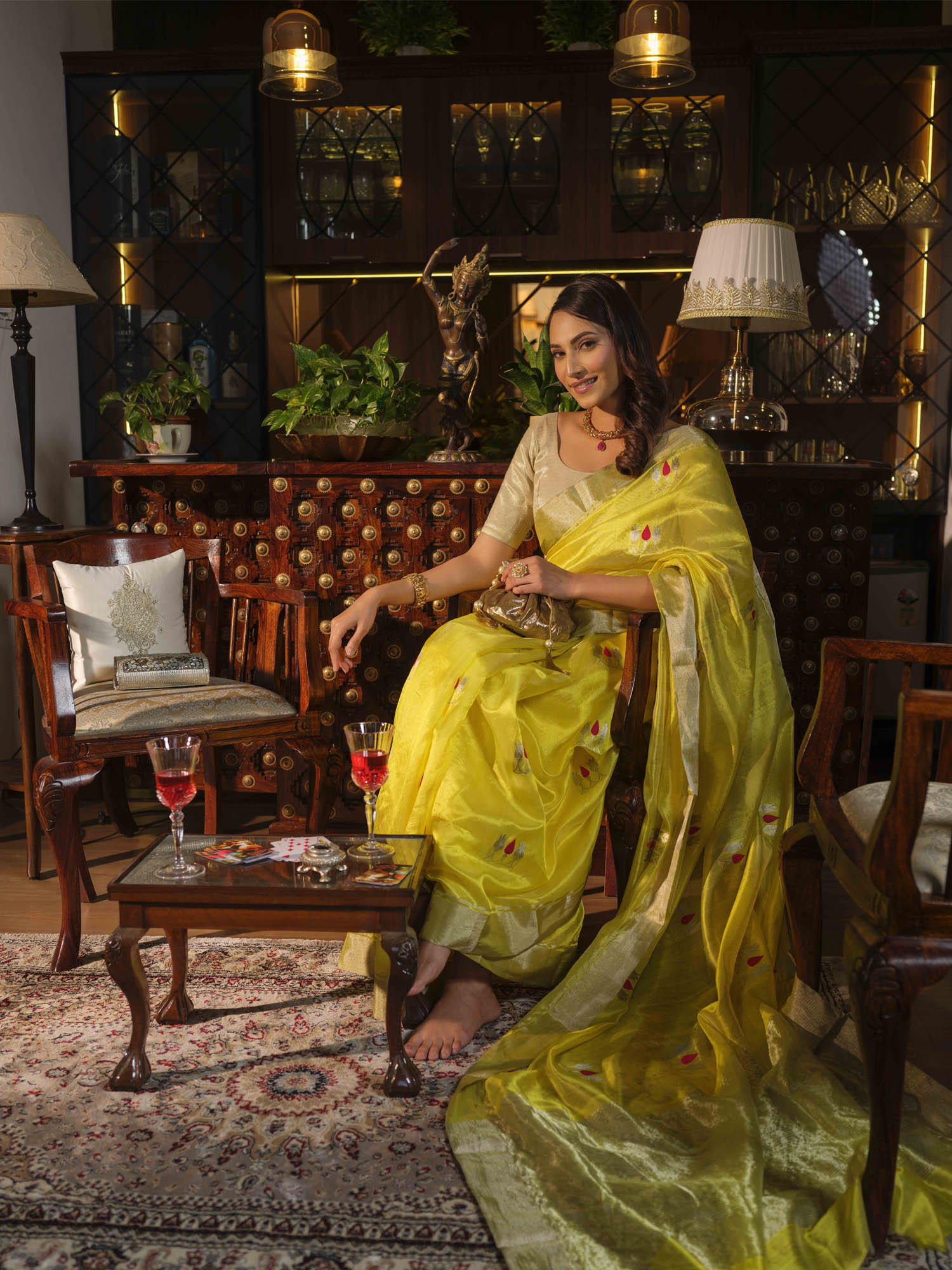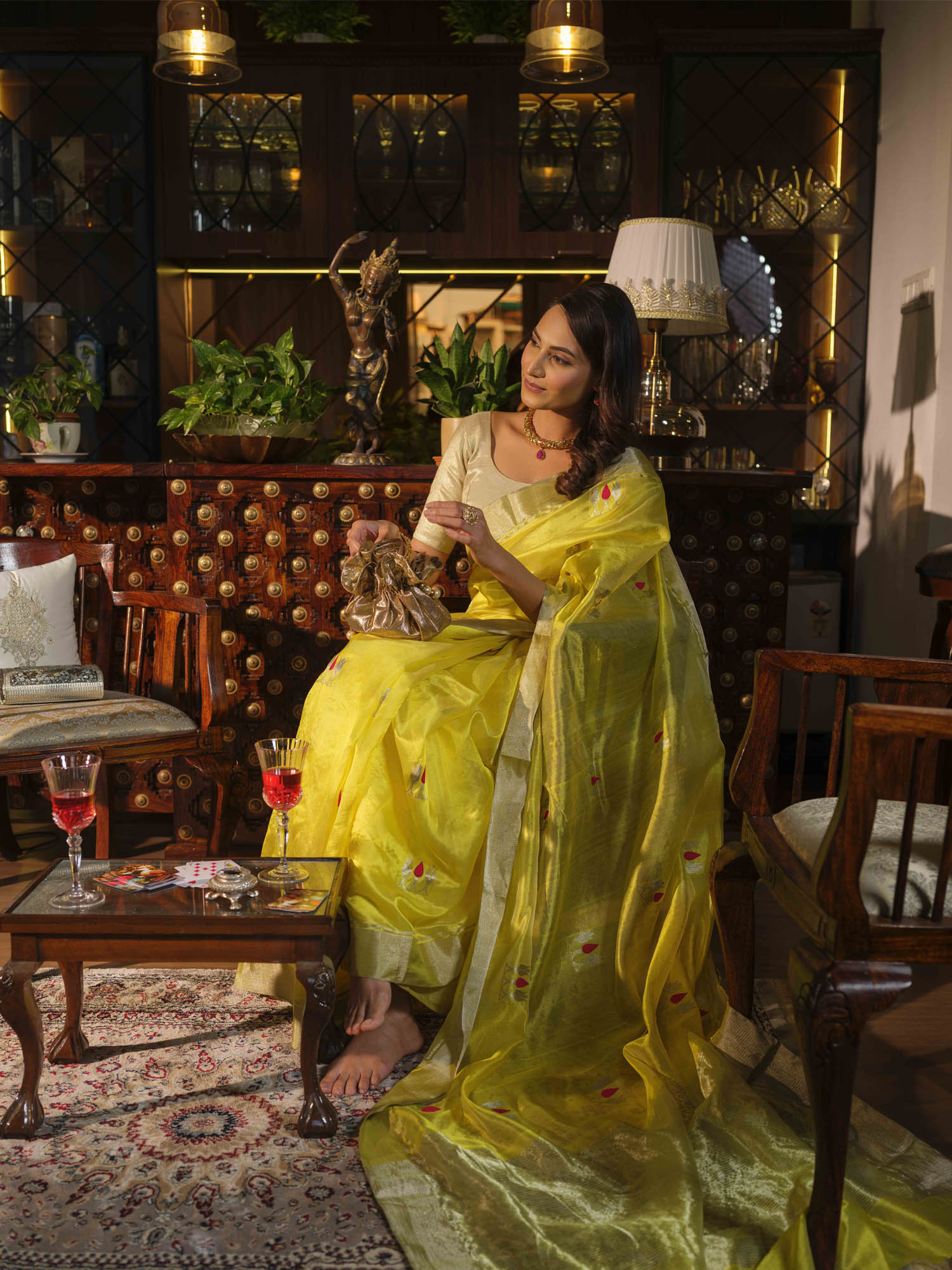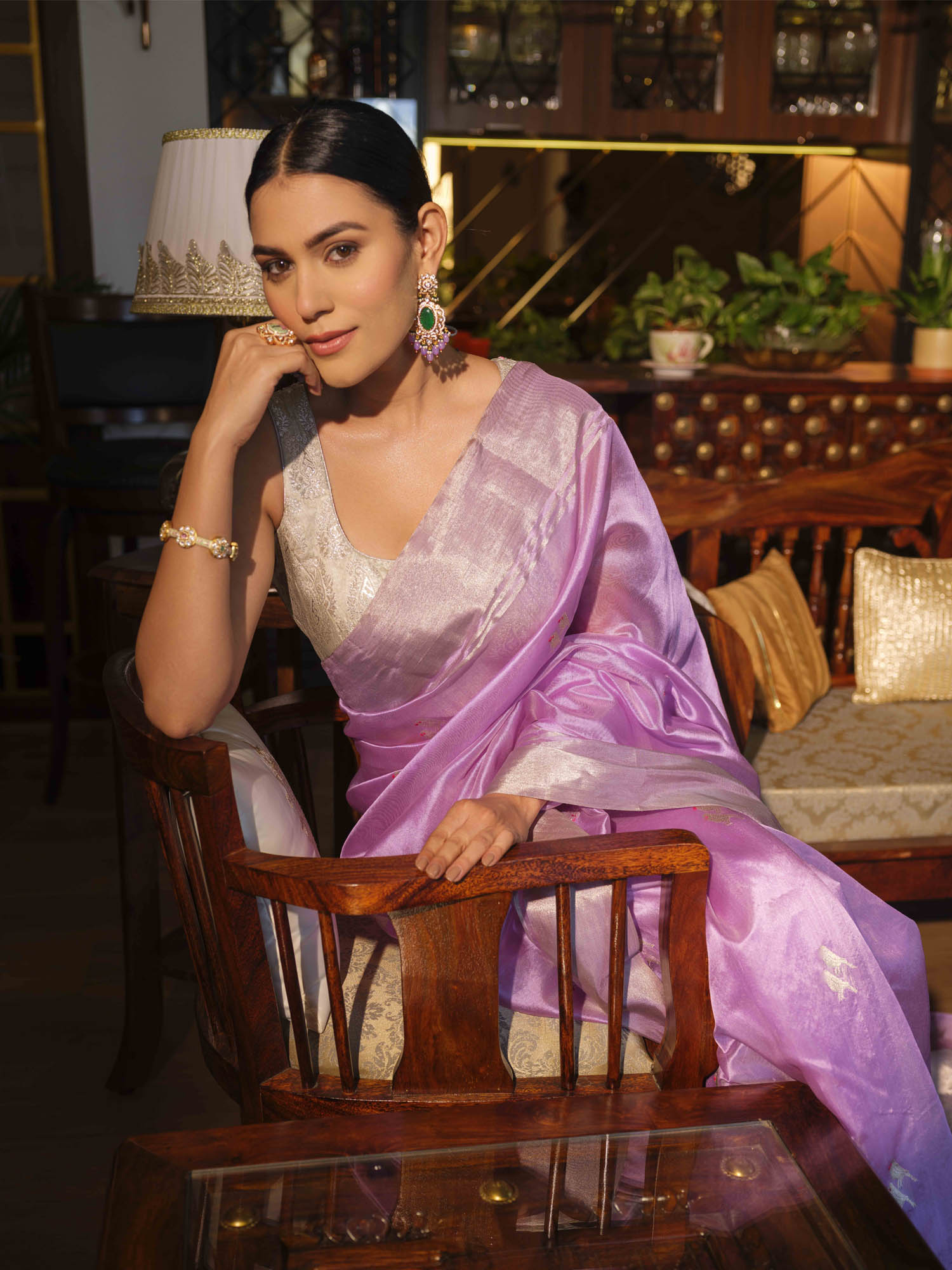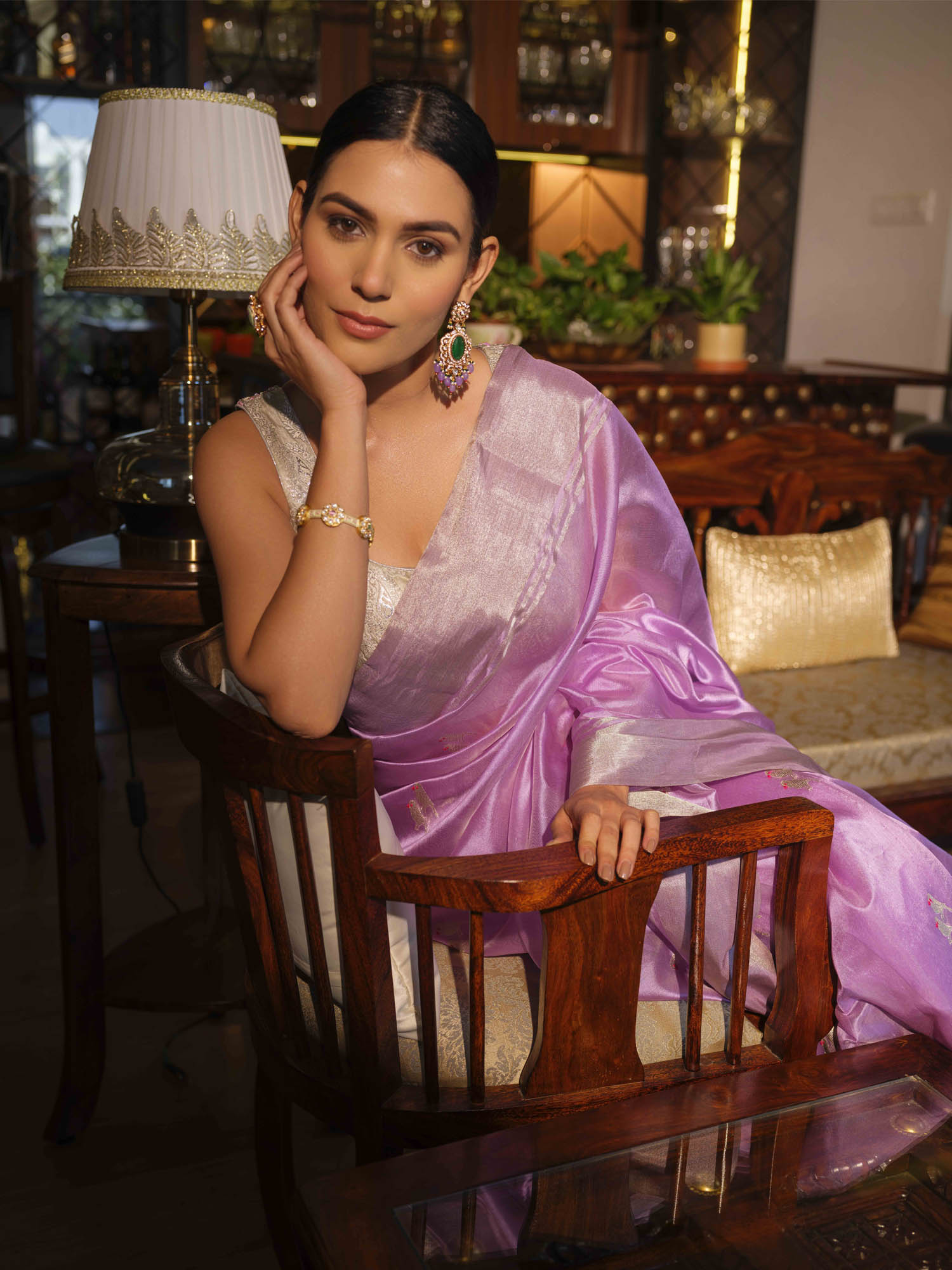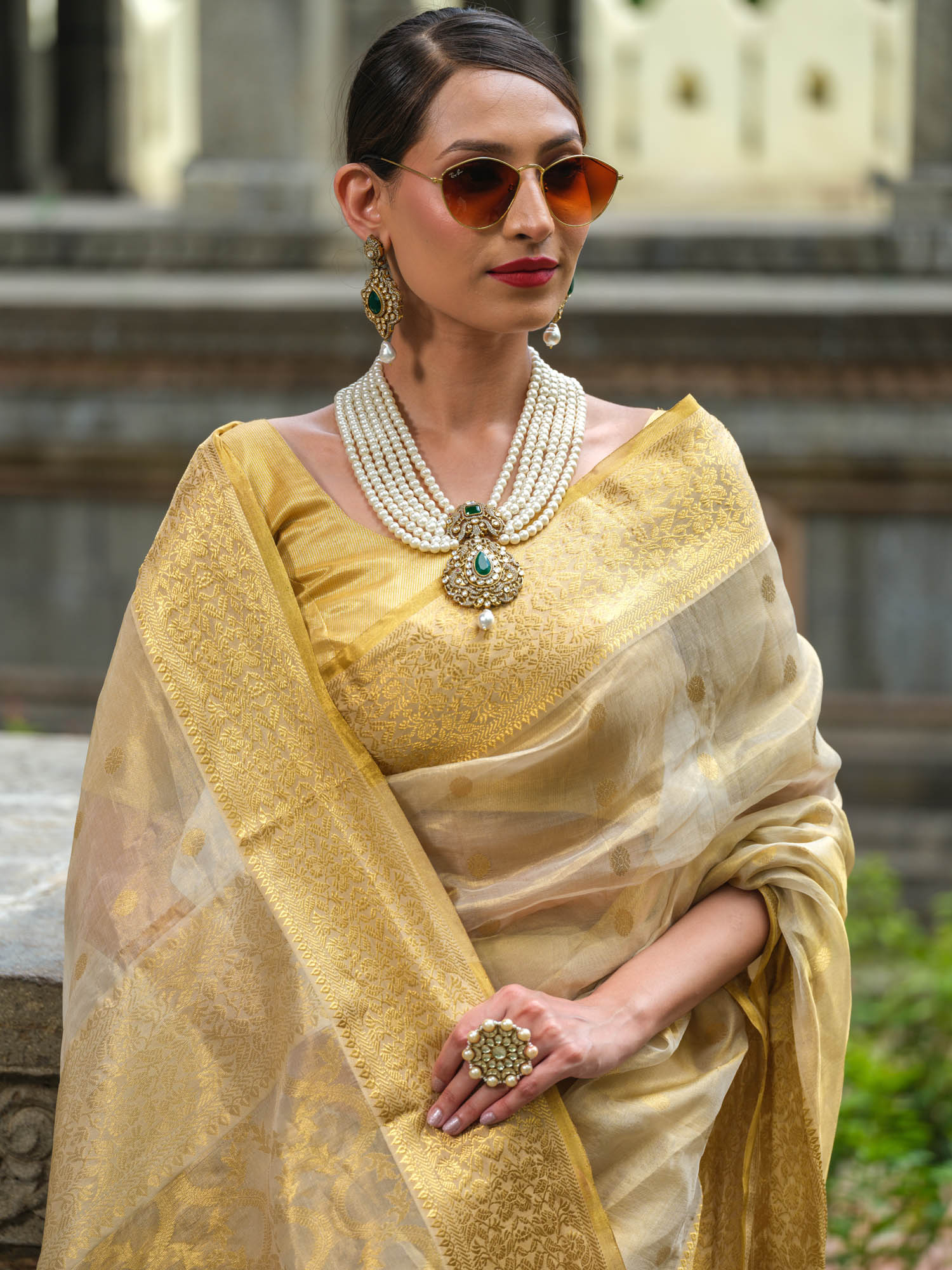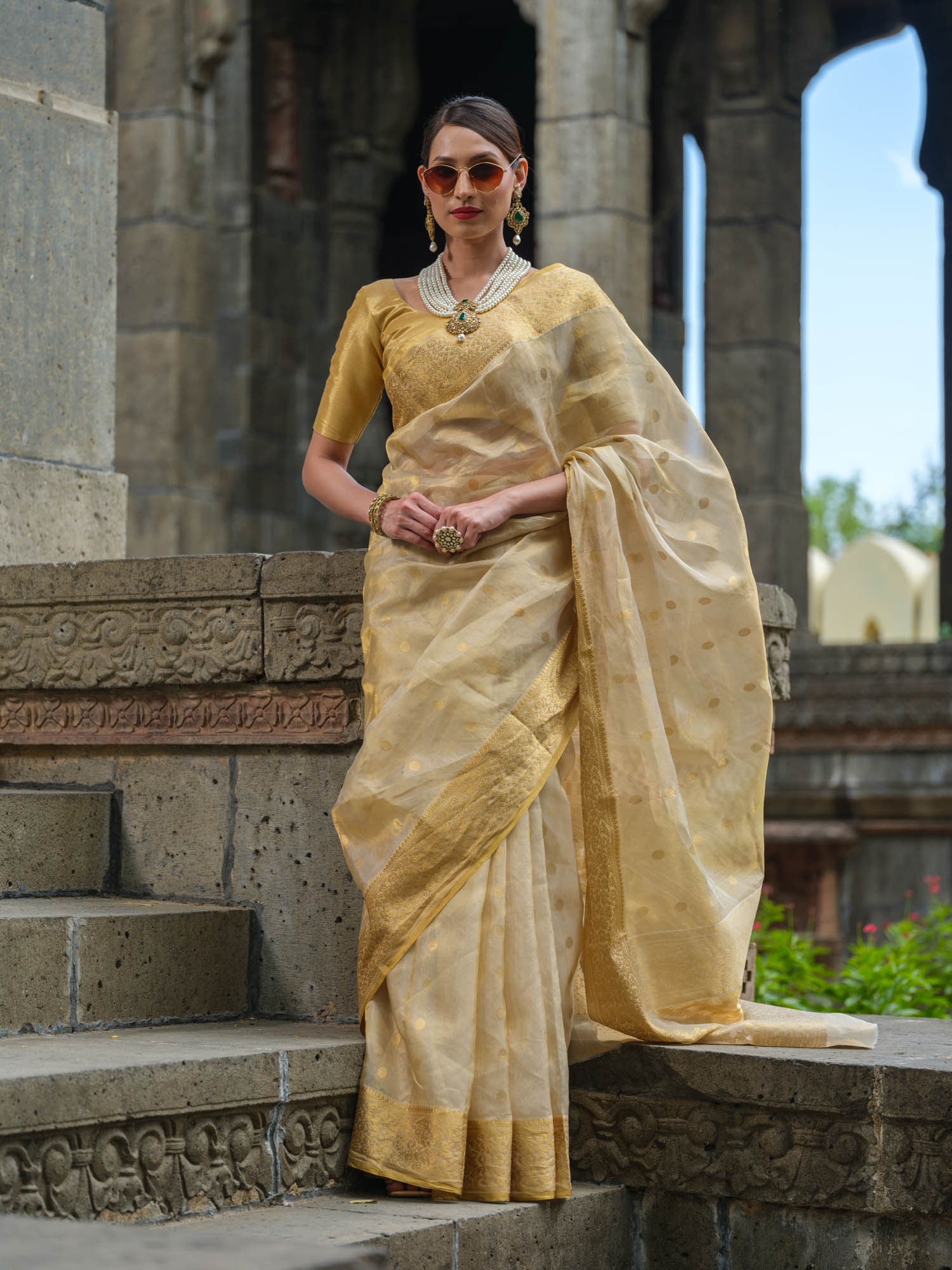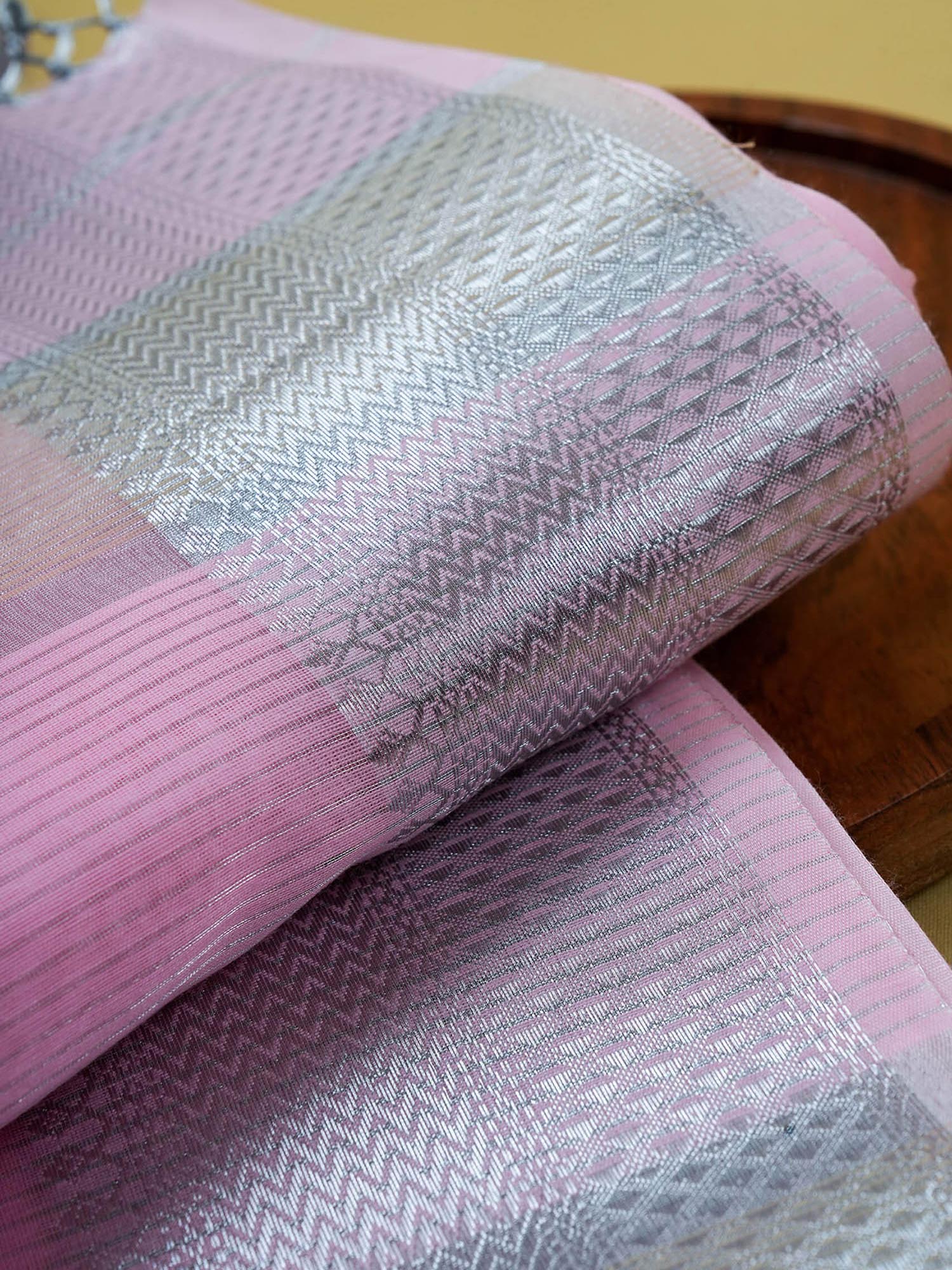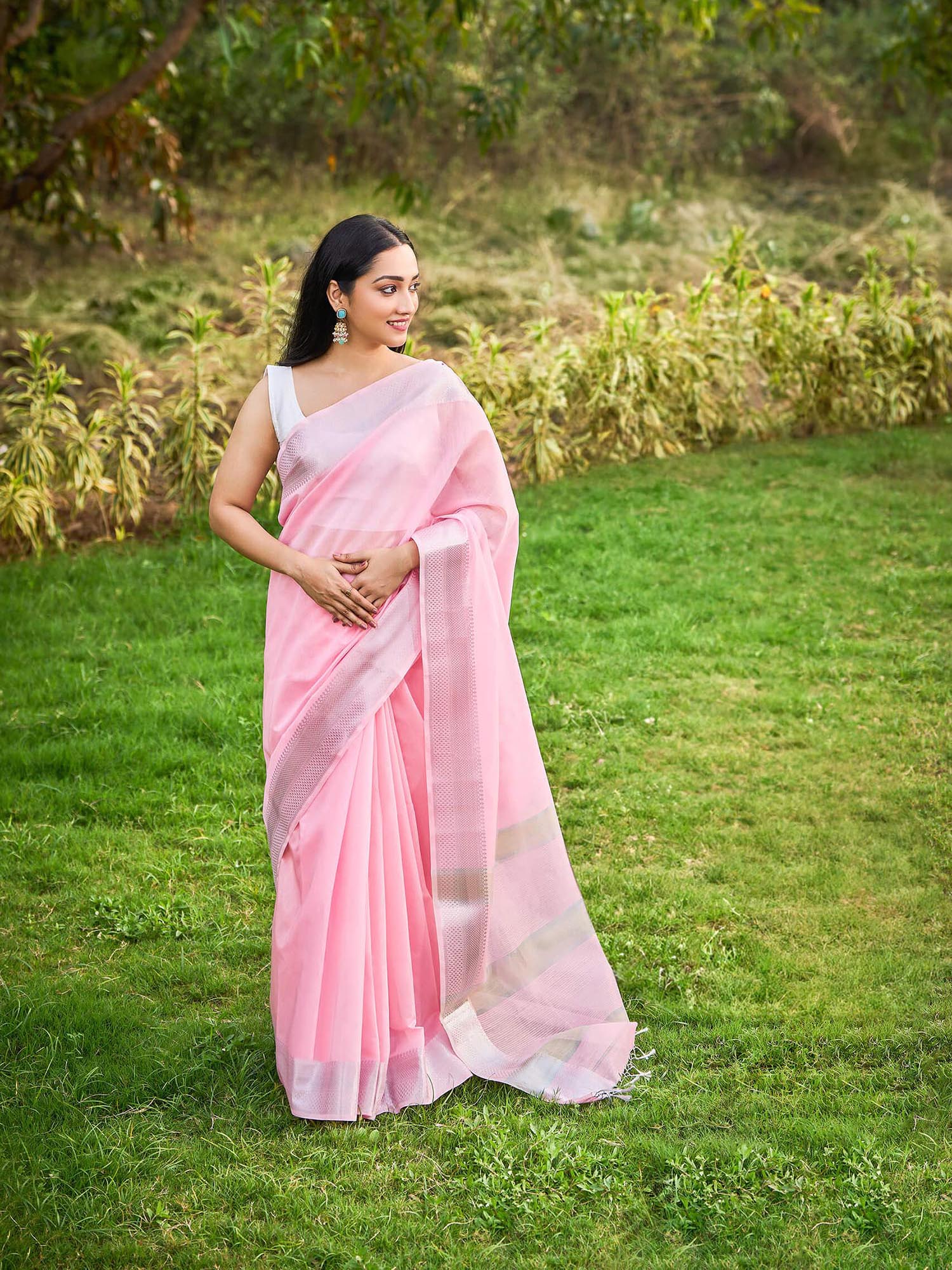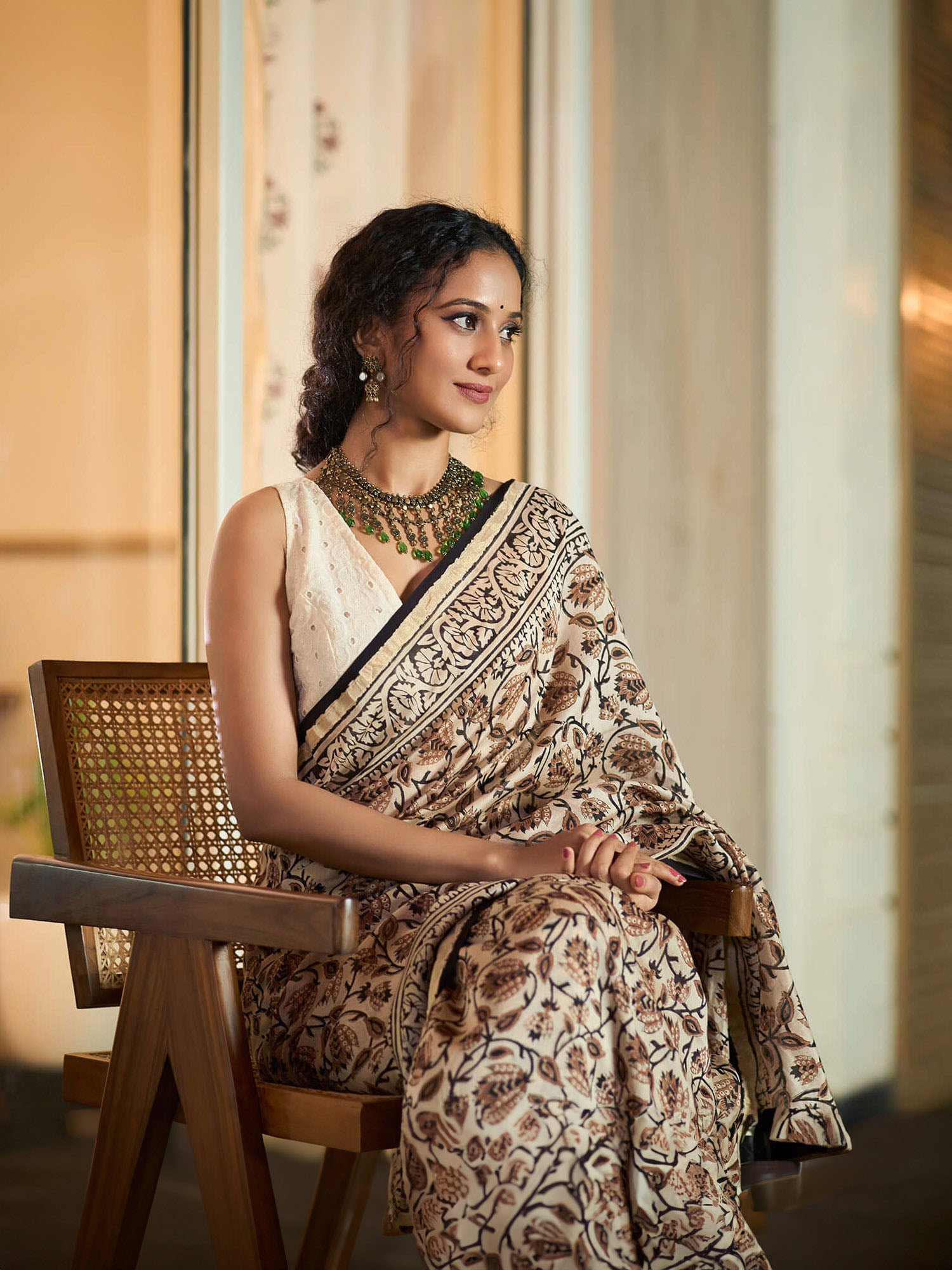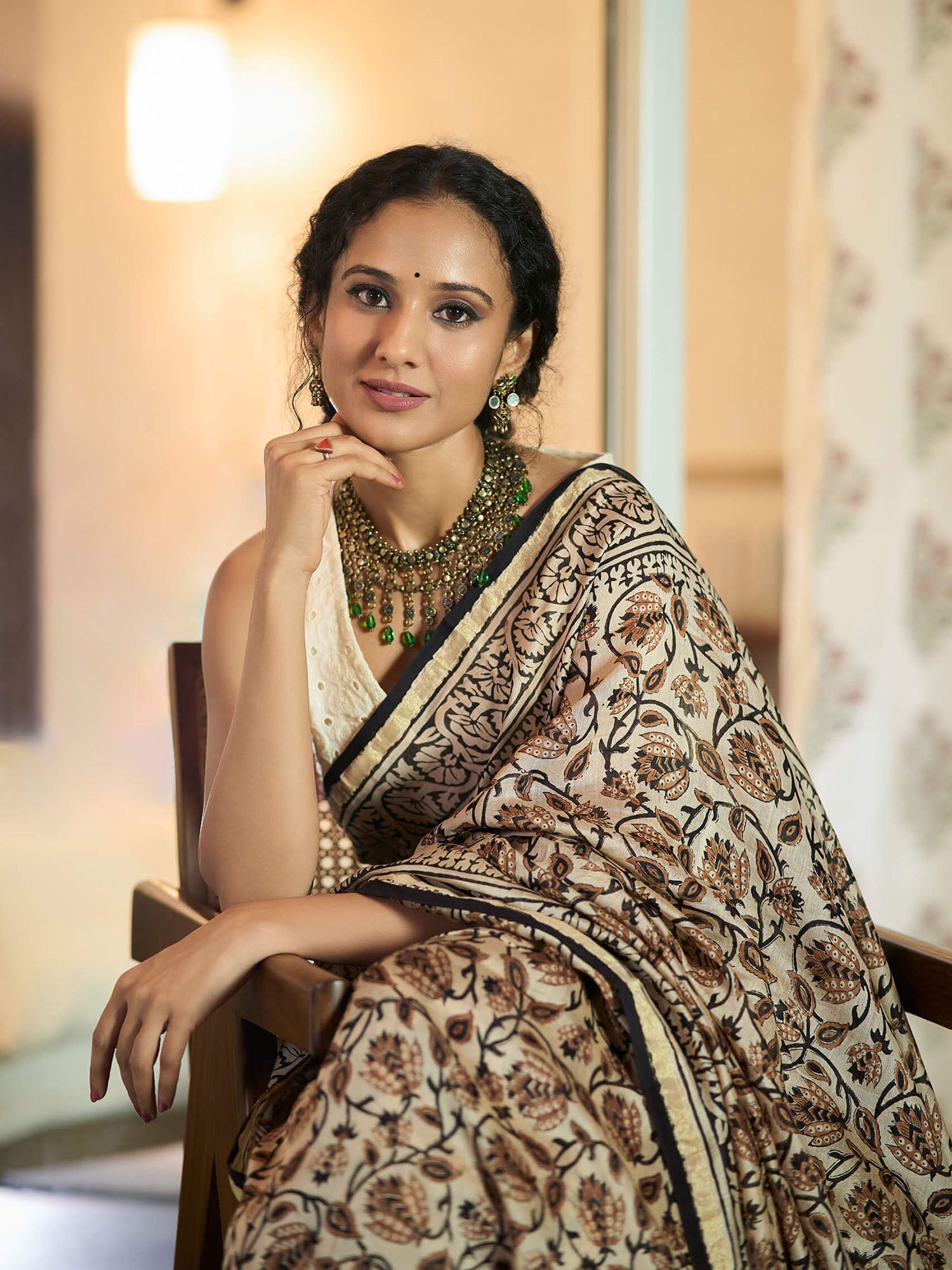As the sun rises on the 7th of August 2024, India celebrates its 10th National Handloom Day. It's a day to honour the rich legacy of handwoven textiles, a tradition as old as the country itself. It's a day to appreciate the artistry, the vibrant colours, and the stories woven into every thread. A day to celebrate the unsung heroes behind these handcrafted and woven masterpieces: the weavers, the real artists.
This Handloom Day, we’re stepping away from the typical social media fanfare and taking you on a journey to the heart of Maheshwar, a town nestled on the banks of the Narmada River in Madhya Pradesh. Here, amidst the rhythmic clacking of looms and the soft rustle of the finest cotton-silk blends, you'll meet the Parate family, whose tale is as beautiful as the sarees they create. Their story is a testament to the enduring power of handloom and the true spirit of India’s handloom heritage and weavers.
Weaving a Legacy: The Parate Family's Journey
In India, after agriculture, handloom is one of the largest employment providers. This sector employs 43.31 lakh people engaged in about 23.77 lakh handlooms. This translates to millions of families carrying this rich heritage, weaving not just cloth but also their dreams and aspirations into each and every thread. One such family is the Parate family. Three generations have dedicated their lives to the art of handloom weaving. Hailing from Maharashtra, they migrated to Maheshwar years ago, seeking livelihood. Today, the Parate household is a bustling hub of creativity, where seven family members – Mr and Mrs Parate, their three sons (two married), and their daughters-in-law – work together to create some of Mrida's exquisite sarees.
The Handloom Affair : Crafting with Passion
When we first met the Parates, we were struck by their warmth, humility, and deep-rooted love for their craft. In their eyes, handloom weaving wasn't just a job, it was a way of life, a tradition passed down from mother to child. One of the sons even said, "हम तो ये माँ के कोक से सीख के आते हैं, हमें बस यही आता है मैडम," meaning, "We learn this craft from our mother's womb, it's all we know." The craft of weaving became more than just a job, it became their deep rooted identity.
Their dedication is truly inspiring. Every Mrida saree they create is a labour of love, a proof of their commitment to excellence. They carefully interlace threads on their looms, creating those beautiful patterns, which feel impossible to do by hand in this era of fast fashion, but continue to do it, designs that have stories of Indian culture and heritage, to share. It's a demanding process that requires both mental focus and physical strength, but the best part about Parates is that they have been doing this for years, like an everyday ritual that is practised with joy and pride.
Challenges and Triumphs: The Karigar’s Life
Weaving handloom sarees does not come without its challenges. The work is physically demanding, requiring hours of sitting and repetitive movements. The environment plays a crucial role too, maintaining the perfect humidity for the yarn is essential. Weaving is often done in pits or well-ventilated rooms to ensure optimal conditions. Even the weather can disrupt the process, as humidity affects the yarn's tension and quality.
Mrida: Empowering Weavers
Our journey with the Parate family has been nothing short of inspiring. At Mrida, we believe in fostering relationships, not just transactions. By collaborating with these talented artisans, we're preserving India's rich handloom heritage and empowering the Parate family to thrive.
The Parate's passion and dedication to their craft captivated us, and we knew we had to partner with them. Their expertise now shines through in a significant part of our handloom saree collection.
We go above and beyond to ensure the authenticity and quality of our products. We only collaborate with weavers certified by the Government of India, and we pay fair wages, championing the creative expression of artisans like the Parate family.
The Impact of Your Support
When you purchase a Mrida saree, you're not just buying a piece of clothing. Your purchase is a vote for sustainable fashion, a tribute to Indian heritage, and a gesture of support for the artisans who keep this beautiful tradition alive.
The Future of Handloom Weaving
The future of handloom weaving is bright, with innovations and adaptations ensuring its continued relevance. Younger generations are stepping up, eager to carry forward the legacy of their forefathers. At Mrida, we believe that by honouring the past and embracing the future, we can create a thriving handloom industry that benefits everyone involved. If you would like to hear more such weaver stories then do let us know!
